The Art of Making Bentwood Rings
Welcome to the fascinating world of bentwood ring making! This intricate craft not only showcases your creativity but also connects you with a rich tradition that spans centuries. Imagine transforming a simple piece of wood into a stunning, wearable piece of art that tells a story. The beauty of bentwood rings lies in their unique designs and the personal touch each maker brings to their creations. Whether you're a seasoned artisan or just dipping your toes into woodworking, this guide will illuminate the techniques, materials, and processes involved in crafting these exquisite rings.
Bentwood rings have a charm that is hard to resist. They offer a blend of nature's elegance and human craftsmanship, making them perfect for any occasion. But before we dive into the nitty-gritty of making your own, let's take a moment to appreciate the history behind these beautiful pieces. Understanding their origins not only enriches your crafting experience but also deepens your appreciation for the art itself.
The journey of creating bentwood rings is as rewarding as the final product. It involves selecting the right materials, mastering the techniques, and embracing the challenges that come with the craft. As you navigate through the steps outlined in this article, you'll discover that each ring you create is a reflection of your personality and skill. So, grab your tools, and let’s embark on this creative adventure together!
The tradition of bentwood ring making dates back centuries, with origins in various cultures. The craft has evolved over time, influenced by the materials available and the techniques developed by artisans. In many indigenous cultures, bentwood rings were not just decorative items; they held significant cultural importance, often symbolizing unity, love, and commitment. The process of bending wood itself is a testament to the ingenuity of early craftsmen, who discovered that wood could be softened with heat and moisture, allowing it to be shaped into beautiful forms.
As we look at the evolution of bentwood rings, it's fascinating to see how they transitioned from functional items to symbols of art and personal expression. Today, these rings are cherished not only for their beauty but also for the craftsmanship that goes into each piece. They serve as a reminder of the connection between nature and human creativity, making them a popular choice for weddings, anniversaries, and other significant life events.
Creating bentwood rings requires specific materials that ensure both durability and aesthetic appeal. First and foremost, you'll need high-quality wood that can be easily bent without breaking. Some popular choices include:
- Maple: Known for its fine grain and strength, maple is a favorite among ring makers.
- Cherry: With its rich color and smooth finish, cherry wood adds a touch of elegance to any ring.
- Walnut: Dark and luxurious, walnut provides a striking contrast in designs.
In addition to wood, you'll need a few essential tools to get started. A steam box for bending the wood, clamps for holding the pieces together, and sanding tools for finishing are just a few examples. Having the right tools not only makes the process smoother but also enhances the quality of your final product.
Different woods offer unique characteristics for ring making. For instance, while hardwoods are typically denser and more durable, softwoods can be easier to work with and shape. Understanding these differences can help you choose the best wood for your project.
When selecting wood for bentwood rings, it's crucial to understand the strengths and weaknesses of hardwoods and softwoods:
| Type | Characteristics | Best Uses |
|---|---|---|
| Hardwoods | Dense, durable, and often more expensive | Rings requiring strength and longevity |
| Softwoods | Lightweight, easier to shape, and generally less expensive | Beginner projects and intricate designs |
Finishing products enhance the beauty and longevity of bentwood rings. Applying oils, stains, and sealants not only protects the wood but also brings out its natural grain and color. Some popular finishing options include:
- Tung Oil: Provides a durable, water-resistant finish.
- Linseed Oil: A traditional choice that enhances the wood's natural beauty.
- Polyurethane: Offers a tough, protective layer that resists scratches.
The process of making bentwood rings involves several key steps. From selecting the right wood to shaping and finishing the final product, each step is crucial in achieving a beautiful result. The journey begins with choosing a suitable piece of wood and preparing it for bending.
Shaping the wood is a critical step in ring making. Various techniques can be employed to achieve the desired form and fit for your ring. Whether you choose to use a steam box or a bending jig, the goal remains the same: to create a perfectly shaped ring that feels comfortable to wear.
Joining the bent pieces and applying a finish are vital for durability. Techniques such as using a strong adhesive or clamps can help secure the pieces together. Once joined, the finishing touches will elevate your ring's appearance, making it a stunning piece of jewelry.
For those new to bentwood ring making, practical tips can enhance the learning experience. Start with softer woods to practice your techniques, and don't hesitate to experiment. Remember, every mistake is a learning opportunity!
Avoiding common mistakes can save time and resources. Some frequent errors made by beginners include:
- Overheating the wood during the bending process.
- Using too much adhesive, which can create a messy finish.
- Skipping the sanding step, which can result in a rough surface.
Numerous resources are available for those interested in mastering bentwood ring making. Books, online tutorials, and workshops can provide valuable insights and techniques to further your skills. Consider joining a local woodworking group or participating in online forums to connect with other enthusiasts.
Q: Can I use any type of wood for bentwood rings?
A: While you can technically use any wood, it's best to choose flexible woods like maple, cherry, or walnut for optimal results.
Q: How long does it take to make a bentwood ring?
A: The time can vary, but expect to spend several hours on the entire process, especially if you're a beginner.
Q: Do bentwood rings require special care?
A: Yes, to maintain their beauty, it's advisable to avoid exposing them to excessive moisture and to regularly apply a finishing oil.

History of Bentwood Rings
This article explores the intricate craft of bentwood ring making, detailing techniques, materials, and the beauty of these unique jewelry pieces. Discover the history, process, and tips for creating your own stunning rings.
The tradition of bentwood ring making dates back centuries, with roots in various cultures around the world. It is fascinating to think about how this craft has evolved over time, transforming from a practical necessity into a cherished art form. Early artisans discovered that by soaking and steaming wood, they could manipulate its shape, creating rings that were not only functional but also aesthetically pleasing. This technique has been passed down through generations, embodying the spirit of creativity and craftsmanship.
The earliest records of bentwood rings can be traced back to indigenous peoples in North America and parts of Europe. These cultures utilized the flexibility of certain woods, such as maple and birch, to create rings that served both decorative and ceremonial purposes. For example, among Native American tribes, bentwood rings were often used in rituals and as symbols of love and commitment. The ability to mold wood into elegant shapes was not just a technical skill; it was a reflection of the deep connection these cultures had with nature.
As the craft spread, different regions began to develop their own unique styles and techniques. In Scandinavia, bentwood rings were often adorned with intricate carvings, showcasing the artisan's skill and cultural heritage. Meanwhile, in Asia, craftsmen experimented with various types of wood, leading to the creation of stunningly intricate designs that emphasized the natural beauty of the material.
In the modern era, bentwood rings have experienced a resurgence in popularity, particularly among those who appreciate handmade and sustainable products. Today, many artisans blend traditional techniques with contemporary designs, resulting in pieces that are both timeless and trendy. The rise of social media platforms has also played a significant role in this revival, allowing craftsmen to share their work with a global audience. This has not only helped to preserve the art of bentwood ring making but has also inspired a new generation of makers to explore this captivating craft.
Creating bentwood rings requires specific materials. This section outlines the essential tools and types of wood best suited for crafting durable and aesthetically pleasing rings.
Different woods offer unique characteristics for ring making. Here, we discuss popular choices, their properties, and how they influence the final appearance of the ring.
Understanding the differences between hardwoods and softwoods is crucial. This subsection highlights their strengths, weaknesses, and suitability for bentwood rings.
Finishing products enhance the beauty and longevity of bentwood rings. This section reviews various oils, stains, and sealants that can be used for a polished look.
Having the right tools is essential for successful ring making. This part lists the must-have tools and equipment, along with their specific uses in the crafting process.
The process of making bentwood rings involves several key steps. This section provides a detailed guide from selecting wood to shaping and finishing the final product.
Shaping the wood is a critical step in ring making. Here, we explore various techniques and methods to achieve the desired form and fit for your ring.
Joining the bent pieces and applying a finish are vital for durability. This subsection covers the techniques for securely joining the wood and ensuring a beautiful final appearance.
For those new to bentwood ring making, practical tips can enhance the learning experience. This section offers advice on common pitfalls and best practices to ensure success.
Avoiding common mistakes can save time and resources. Here, we identify frequent errors made by beginners and how to steer clear of them.
Numerous resources are available for those interested in mastering bentwood ring making. This part highlights books, online tutorials, and workshops to further your skills.
- What types of wood are best for bentwood rings? Popular choices include maple, birch, and cherry, each offering unique properties.
- Can beginners make bentwood rings? Absolutely! With the right materials and guidance, anyone can start crafting beautiful rings.
- How do I finish my bentwood ring? Finishing can be done using oils, stains, or sealants to enhance durability and appearance.
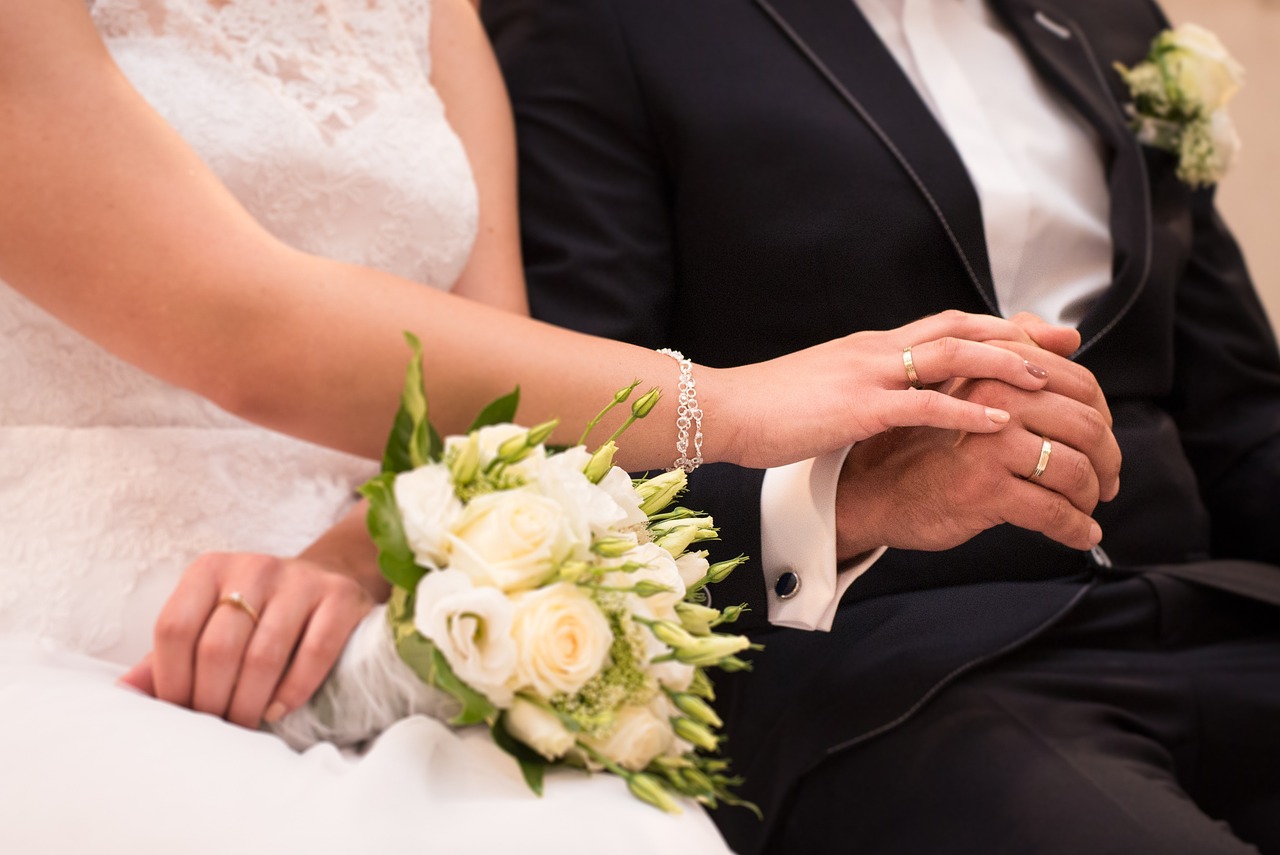
Materials Needed
Creating bentwood rings is a fascinating journey that requires not only skill but also the right materials. To embark on this creative adventure, you'll need a few essential items that will help you transform a simple piece of wood into a stunning piece of jewelry. The primary materials include high-quality wood, tools for shaping and joining, and finishing products to enhance the final look of your ring.
First, let’s talk about the most important material: wood. The type of wood you choose can dramatically influence the appearance and durability of your rings. Many artisans prefer hardwoods like maple, oak, or cherry due to their strength and beautiful grain patterns. However, softwoods such as pine and cedar can also be used, especially for beginners, as they are easier to work with. Each wood type brings its unique charm, and experimenting with different varieties can lead to delightful surprises.
In addition to wood, you’ll need a selection of tools to shape and join your rings. Essential tools include:
- Band Saw: Ideal for cutting the wood into strips.
- Drill: Used for creating holes to join pieces together.
- Clamps: Essential for holding the wood in place as you work.
- Sanding Tools: For smoothing the surfaces and edges of your rings.
- Finishing Tools: Brushes or cloths for applying oils and sealants.
Once your ring is shaped and assembled, it’s time to focus on the finishing products. These are crucial for enhancing the beauty and longevity of your bentwood rings. Common finishing options include natural oils like tung oil or linseed oil, which penetrate the wood and provide a rich, warm finish. Stains can also be applied to add color and depth, while sealants protect the surface from moisture and wear. Choosing the right finishing products can elevate your rings from simple crafts to beautiful, heirloom-quality pieces.
In summary, the materials needed for making bentwood rings are not just about the wood itself but also the tools and finishing products that will bring your vision to life. With the right combination of these elements, you can create stunning rings that reflect your personal style and craftsmanship.

Types of Wood
When it comes to crafting bentwood rings, the choice of wood is not just a matter of preference; it significantly impacts the ring's aesthetics, durability, and overall feel. Different types of wood offer unique characteristics that can enhance the beauty of your creations. For instance, some woods have a rich color and grain pattern, while others might be more flexible or resistant to wear and tear. Understanding these properties can help you select the perfect wood for your ring-making journey.
Among the most popular choices for bentwood rings are:
- Maple: Known for its light color and fine grain, maple is a fantastic choice for those who prefer a subtle and elegant look.
- Walnut: This dark, rich wood is favored for its striking appearance and durability, making it a popular choice for statement rings.
- Cherry: With its warm tones that deepen over time, cherry wood offers a beautiful aesthetic and is relatively easy to work with.
- Oak: Renowned for its strength and durability, oak is a hardwood that provides a classic look and can withstand the test of time.
Each type of wood can bring a different vibe to your ring. For example, while maple might evoke feelings of calm and simplicity, walnut can give off a more dramatic and bold impression. Furthermore, the wood's grain and color can influence how well the ring complements the wearer's style. Choosing the right wood is akin to selecting the perfect fabric for a tailored suit; it defines the character of the piece.
Moreover, the process of bending the wood requires an understanding of its properties. Some woods, like ash and birch, are known for their excellent bending qualities, allowing for intricate designs without breaking. Others, such as mahogany, while beautiful, might not be as forgiving during the bending process. Therefore, it’s essential to consider both aesthetic and functional aspects when selecting your wood.
In summary, the type of wood you choose for making bentwood rings can greatly affect not only the final appearance but also the durability and comfort of the ring. Experimenting with different woods can lead to discovering unique combinations that resonate with your personal style and craftsmanship.
Q: Can I use any type of wood for bentwood rings?
A: While you can technically use any wood, it's best to choose those known for their bending properties, such as ash or birch, to avoid breakage during the crafting process.
Q: How do I know if the wood is suitable for bending?
A: Look for woods that are flexible and have a straight grain. Testing a small piece by soaking it in water and attempting to bend it can also help you determine its suitability.
Q: What if I want a specific color or finish for my ring?
A: You can always stain or finish the wood after crafting your ring. Just be sure to choose products that enhance the wood's natural beauty without compromising its integrity.
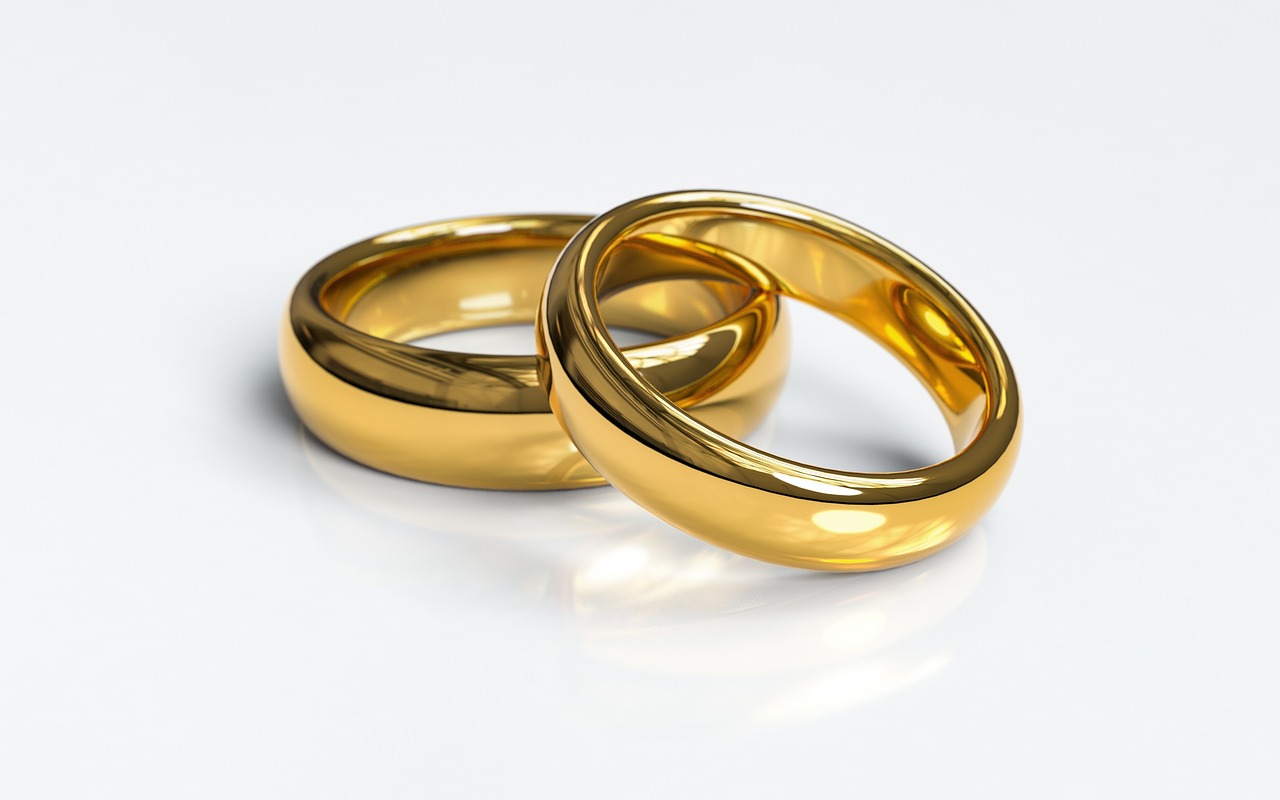
Hardwoods vs. Softwoods
When embarking on the journey of bentwood ring making, one of the most critical decisions you’ll face is choosing between hardwoods and softwoods. Each type of wood offers its unique characteristics, which can significantly influence the durability, aesthetics, and overall quality of your finished ring. So, what’s the difference, and how do you know which is best for your project?
Hardwoods, sourced from deciduous trees, are typically denser and more durable than their softwood counterparts. This density translates to a stronger, more resilient ring that can withstand the test of time. Common hardwoods used in bentwood rings include maple, oak, and walnut. These woods not only provide strength but also offer beautiful grain patterns, making each ring a unique piece of art. However, working with hardwoods can be challenging due to their toughness, requiring sharper tools and more effort during the shaping process.
On the other hand, softwoods come from coniferous trees and are generally lighter and easier to work with. Woods like pine, cedar, and spruce fall into this category. While they may not be as durable as hardwoods, softwoods can still create stunning rings, especially when treated properly. Their lighter weight can make them more comfortable to wear, particularly for larger ring sizes. However, it’s essential to note that softwoods may be more prone to dents and scratches, which could affect their longevity.
To help you understand the differences better, here’s a quick comparison table:
| Type of Wood | Density | Durability | Ease of Work | Common Examples |
|---|---|---|---|---|
| Hardwoods | High | Very Durable | More Difficult | Maple, Oak, Walnut |
| Softwoods | Low | Less Durable | Easier to Work | Pine, Cedar, Spruce |
Ultimately, the choice between hardwoods and softwoods boils down to your personal preference and the specific characteristics you desire in your bentwood ring. If you’re aiming for a ring that will last a lifetime and can handle everyday wear, hardwoods may be the way to go. However, if you’re looking for something lighter and easier to craft, softwoods could be your best bet. Each type has its own charm and beauty, so don’t hesitate to experiment with both!
- Can I use any type of wood for bentwood rings? - While you can technically use any wood, it's best to stick with hardwoods or specific softwoods known for their flexibility and durability.
- How do I know if my wood is suitable for bending? - Look for wood that is thin and has a straight grain. Testing a small piece with steam or hot water can help determine its bendability.
- What finishing products should I use? - Oils, stains, and sealants specifically designed for wood are recommended to enhance and protect your bentwood rings.
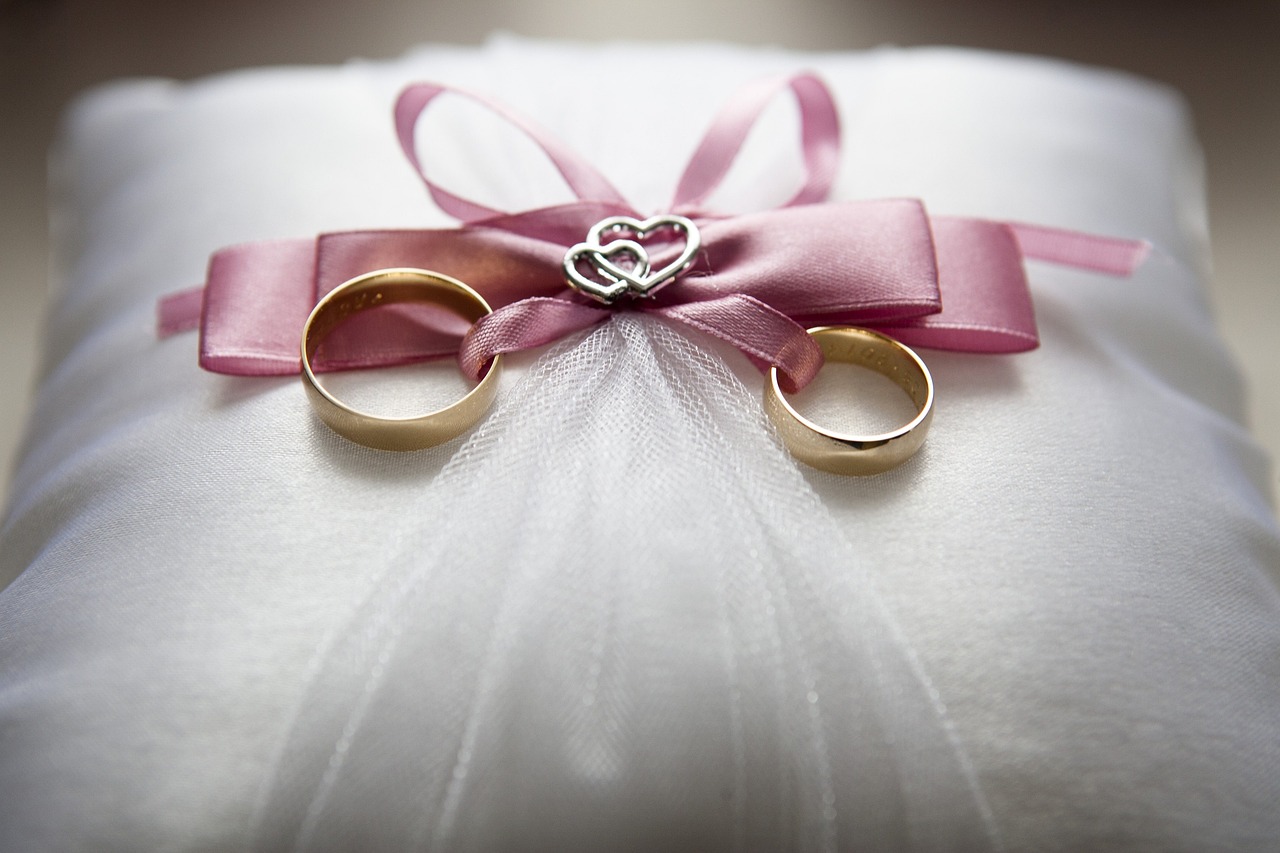
Finishing Products
When it comes to creating stunning bentwood rings, the finishing products you choose can make all the difference. These products not only enhance the visual appeal of your rings but also ensure their longevity and durability. The right finish can bring out the natural beauty of the wood, highlighting its grain and color while providing a protective layer against wear and tear.
There are several types of finishing products available, each with its unique properties and benefits. For instance, oils are popular choices among woodworkers because they penetrate the wood, nourishing it from within. Tung oil and linseed oil are two favorites. Tung oil is known for its water resistance and durability, while linseed oil offers a warm, rich finish that enhances the wood's natural hues.
In addition to oils, you might consider using stains to add color and depth to your rings. Stains come in various shades and can be mixed to create custom colors. However, it’s essential to test your stain on a scrap piece of wood first to ensure it achieves the desired look. Once your stain is applied and dried, a clear coat can be added for extra protection.
Clear sealants, such as polyurethane or epoxy, are also excellent options for finishing your bentwood rings. These products create a hard, protective layer that shields the wood from moisture and scratches. However, it’s crucial to choose a sealant that is appropriate for the type of wood you are using, as some sealants can alter the appearance of the wood if not selected carefully.
Here's a quick comparison of some popular finishing products:
| Finishing Product | Benefits | Considerations |
|---|---|---|
| Tung Oil | Water-resistant, durable | Long drying time |
| Linseed Oil | Enhances natural color | Can be sticky if not cured properly |
| Polyurethane | Hard protective finish | Can yellow over time |
| Epoxy | High durability, waterproof | Can be difficult to apply evenly |
Ultimately, the choice of finishing product will depend on your personal preferences and the specific characteristics of the wood you are using. Experimenting with different combinations can lead to unique and beautiful results that showcase your craftsmanship. Remember, the finishing touch is what transforms a simple piece of wood into a work of art!
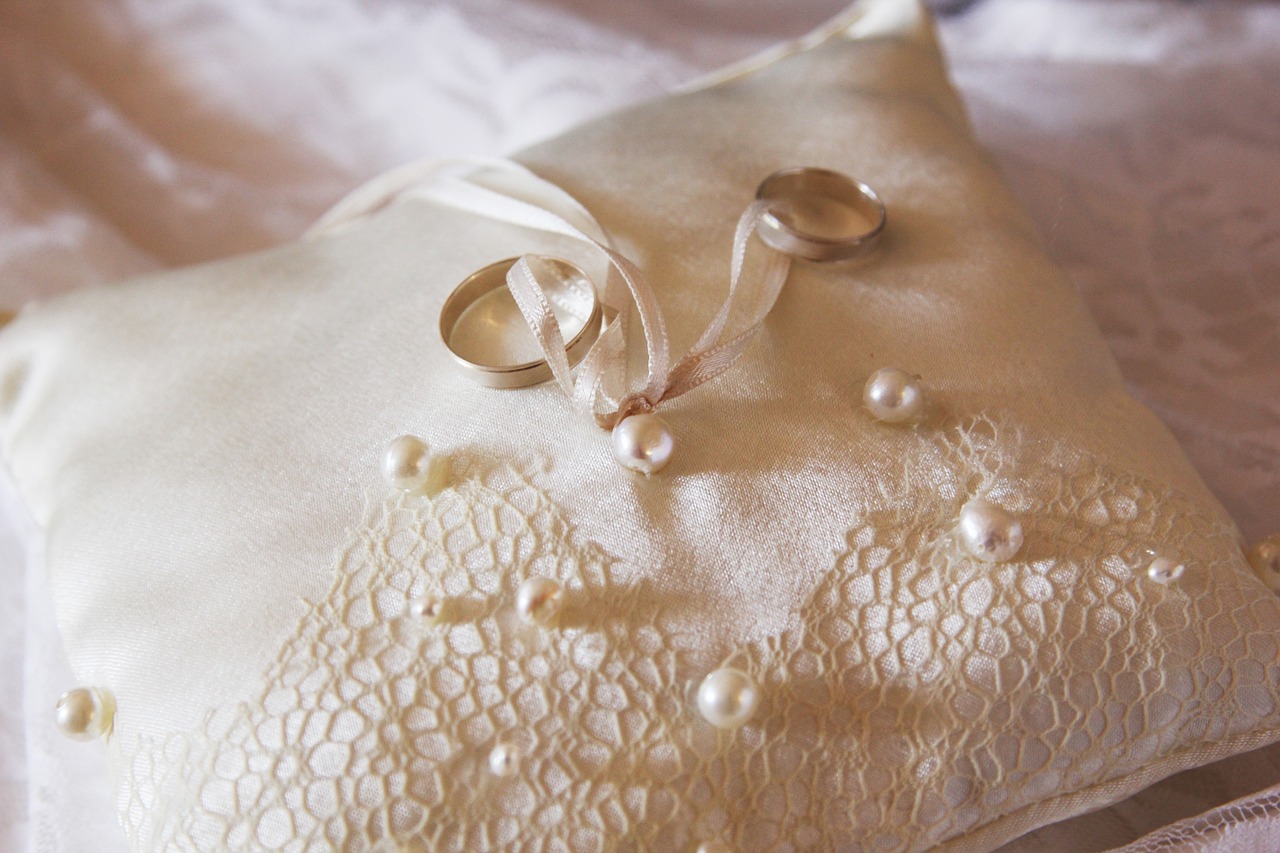
Tools for Crafting
When it comes to crafting bentwood rings, having the right tools is not just a luxury; it's a necessity. The journey from a simple piece of wood to a stunning ring is paved with precision and care, and the tools you use can make all the difference. So, what are the essential tools you need to embark on this creative adventure? Let’s dive into the must-have items that will help you transform your vision into reality.
First and foremost, a reliable band saw is crucial. This tool allows you to cut your wood into thin strips, which is essential for the bending process. A band saw provides the precision needed to create uniform pieces, ensuring that your rings will fit comfortably on the finger. If you're just starting out, you might consider using a hand saw, but be prepared for a bit more effort and less precision.
Next, you'll want a steam box or a simple pot for steaming your wood. Steam bending is a technique that softens the wood fibers, making them pliable enough to bend into shape without breaking. If you're feeling adventurous, you can even make your own steam box with some PVC pipe and a kettle. This DIY approach not only saves money but also adds a personal touch to your crafting process.
Once your wood is prepared, a clamping system is essential. Clamps will hold your bent wood in place as it dries, ensuring that it maintains its shape. You can use a variety of clamps, such as C-clamps or pipe clamps, depending on the size of your wood pieces. The goal is to apply even pressure to avoid any warping or misalignment.
Additionally, you'll need a sanding block or an orbital sander to smooth out the edges and surfaces of your rings. This step is vital for achieving that polished look and feel. Sanding not only enhances the aesthetics but also ensures comfort when wearing the ring. Remember, nobody wants a ring that feels rough against their skin!
Finally, finishing tools such as oils, stains, and sealants are essential for protecting your creation. After investing time and effort into crafting your ring, you’ll want to make sure it lasts. Applying a high-quality finish not only enhances the beauty of the wood but also protects it from moisture and wear. Consider using natural oils like tung oil or Danish oil for a beautiful, long-lasting finish.
In summary, the right tools can elevate your bentwood ring crafting experience from basic to extraordinary. Here’s a quick overview of the essential tools:
| Tool | Purpose |
|---|---|
| Band Saw | For cutting wood into thin strips |
| Steam Box | For softening wood fibers for bending |
| Clamps | To hold bent wood in place while drying |
| Sanding Block/Orbital Sander | For smoothing edges and surfaces |
| Finishing Products | To enhance and protect the wood |
With these tools at your disposal, you're well on your way to creating beautiful, unique bentwood rings that showcase your craftsmanship. Remember, the journey of crafting is just as important as the final product, so enjoy every moment of the process!
Q: What is the best type of wood to use for bentwood rings?
A: Hardwoods like maple, cherry, and walnut are popular choices due to their strength and flexibility. They provide durability and a beautiful finish.
Q: Can I make bentwood rings without a steam box?
A: Yes! While a steam box is ideal, you can use other methods like boiling water to soften the wood. Just ensure the wood is soaked sufficiently before bending.
Q: How long does it take for the rings to dry after bending?
A: Typically, it takes about 24 hours for the wood to dry completely in the clamps. However, it’s best to leave them longer for optimal results.
Q: Are bentwood rings suitable for everyday wear?
A: Absolutely! When finished properly, bentwood rings are durable and can withstand daily wear. Just be mindful of exposure to water and extreme conditions.
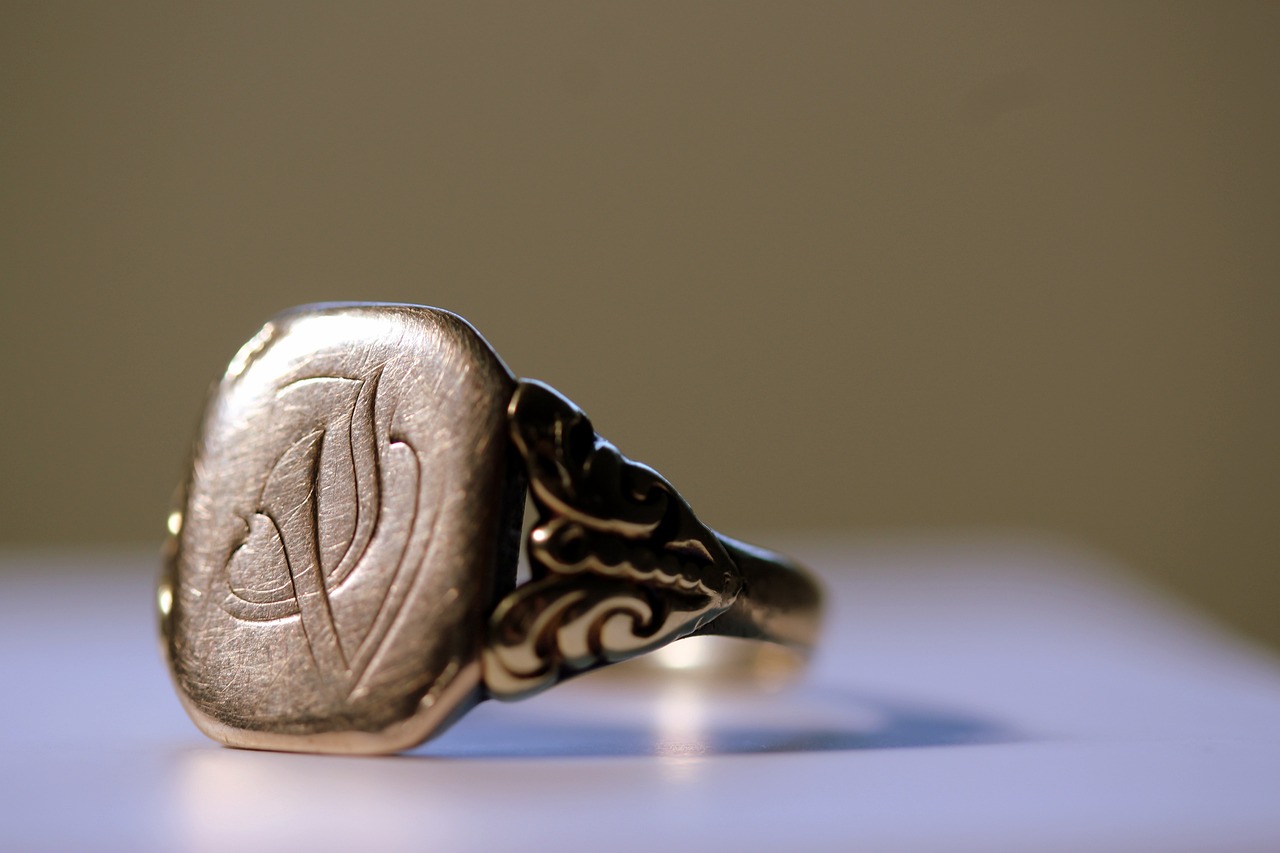
The Crafting Process
Creating a bentwood ring is not just a craft; it's an art form that requires patience, precision, and a touch of creativity. The process begins with selecting the right piece of wood, which is crucial for achieving a stunning final product. Once you have your wood, the first step is to cut it into thin strips. These strips are typically about 1/8 inch wide, allowing them to bend easily without breaking. It’s like preparing a canvas for a masterpiece—each piece of wood holds the potential for something beautiful.
Next comes the soaking phase, where the wood strips are submerged in water or steam. This step is essential as it softens the fibers, making them pliable. Think of it as giving your wood a warm bath before it gets shaped into something extraordinary. After soaking, the strips are carefully bent around a mandrel, which is a tool used to shape the wood into a circular form. This is where the magic happens! As the wood cools and dries, it retains its new shape, much like how a sculptor molds clay.
Once the wood has dried, it’s time to join the ends of the strips together. This can be done using wood glue or by overlapping the ends and securing them with a small dowel. The joining process is crucial for ensuring the ring's durability, so take your time here. It’s akin to stitching together a quilt, where each piece must fit perfectly to create a cohesive design. After securing the ends, the ring is left to dry completely, allowing the glue to set and the bond to strengthen.
After the ring is fully assembled, the next step is shaping and sanding. You’ll want to achieve a smooth finish, so using a variety of sandpaper grits is recommended. Start with a coarser grit to remove any rough edges, then gradually move to finer grits for that perfect, polished look. Imagine this part as the final touches on a painting—every stroke counts! Once you’re satisfied with the shape and smoothness, it’s time to apply your chosen finish.
Finishing is where you can truly personalize your bentwood ring. Whether you prefer a natural look or a pop of color, there are countless options available. You can use oils, stains, or sealants to enhance the wood’s beauty and protect it from wear and tear. This is like dressing your creation; the right finish can elevate your ring from simple to stunning! Allow the finish to cure completely before wearing your new masterpiece, ensuring it’s ready to shine.
In summary, the crafting process of bentwood rings is a blend of art and technique, where each step plays a vital role in the final outcome. From selecting the wood to shaping and finishing, every action contributes to the creation of a unique piece of jewelry that tells a story. So, roll up your sleeves, gather your materials, and let your creativity flow!
- What type of wood is best for bentwood rings? Hardwoods like maple and walnut are popular choices due to their strength and aesthetic appeal.
- Can I make bentwood rings without special tools? While basic tools can work, having specific crafting tools will enhance your experience and results.
- How long does it take to make a bentwood ring? The process can take several hours to a few days, depending on drying times and your level of experience.
- Are bentwood rings durable? Yes, when crafted properly and finished well, bentwood rings can be quite durable and long-lasting.
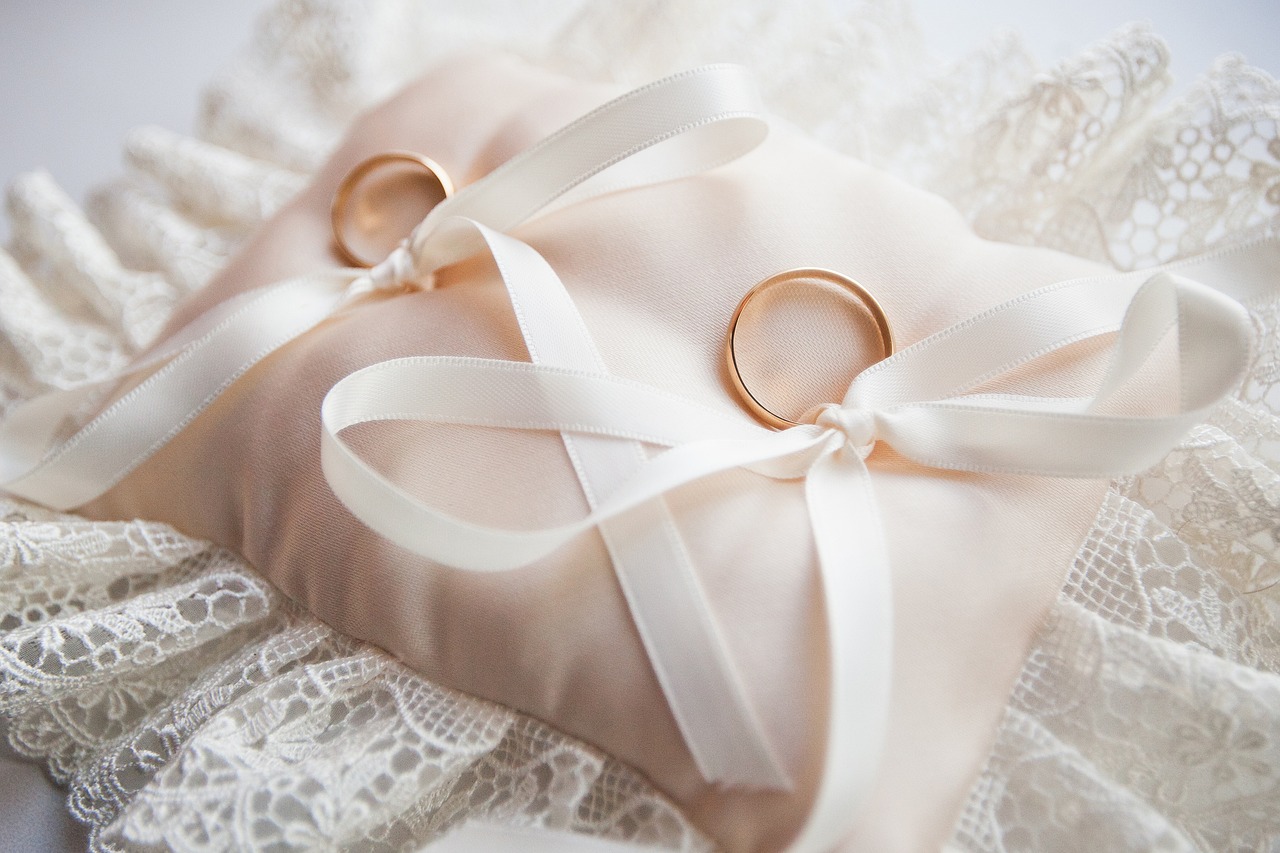
Shaping Techniques
Shaping the wood is where the magic truly begins in the art of bentwood ring making. It’s not just about taking a piece of wood and bending it; it’s about transforming that piece into a stunning piece of jewelry that fits comfortably and looks beautiful. The right shaping techniques can make all the difference, ensuring that your ring not only has an appealing aesthetic but also a perfect fit.
One of the most popular methods for shaping bentwood rings is the use of steam. Steam bending allows the wood fibers to soften, making it more pliable. This technique involves placing the wood in a steam box for a specific duration, depending on the thickness of the wood. Once it’s sufficiently steamed, you can gently bend it around a form or mandrel. It’s crucial to work quickly during this process, as the wood will start to harden as it cools. This technique is often favored for its ability to create smooth, elegant curves without cracking the wood.
Another method is the lamination technique, where thin strips of wood are glued together and then shaped. This approach not only allows for creative designs but also enhances the strength of the ring. By using multiple layers, you can combine different types of wood, resulting in beautiful color contrasts and unique patterns. The lamination process requires precision in cutting and gluing, but the end result is often worth the effort as it provides a robust and visually striking piece.
When it comes to shaping, hand tools play a significant role. Tools such as chisels, files, and sanders are essential for refining the shape of the ring. After the initial bending, you’ll want to smooth out any rough edges and ensure that the ring has a comfortable interior. Using a combination of hand tools allows for greater control over the shaping process, enabling you to achieve the desired form with finesse.
Lastly, the use of a lathe can elevate your shaping game. A lathe allows you to turn the wood, creating a perfectly symmetrical ring. This method is particularly effective for achieving a polished finish and can accommodate more intricate designs. While it requires some practice to master, using a lathe can significantly speed up the shaping process and yield professional results.
In summary, the shaping techniques in bentwood ring making are diverse and can be tailored to fit the artisan’s style. Whether you choose steam bending, lamination, or utilize hand tools and a lathe, each method offers unique advantages. The key is to experiment and find the technique that resonates with your creative vision, allowing you to craft a ring that is not only beautiful but also a reflection of your craftsmanship.
- What type of wood is best for bentwood rings? Different types of wood can be used, but hardwoods like maple and oak are popular choices due to their strength and flexibility.
- Can I use a regular oven for steam bending? While a steam box is ideal, you can use a regular oven with a pan of water to create steam, though it may not be as effective.
- How do I ensure a perfect fit? Measure the finger size accurately and account for the thickness of the wood when shaping the ring.
- What finishing products should I use? Natural oils, such as tung oil or linseed oil, are great for enhancing the wood's appearance while providing protection.
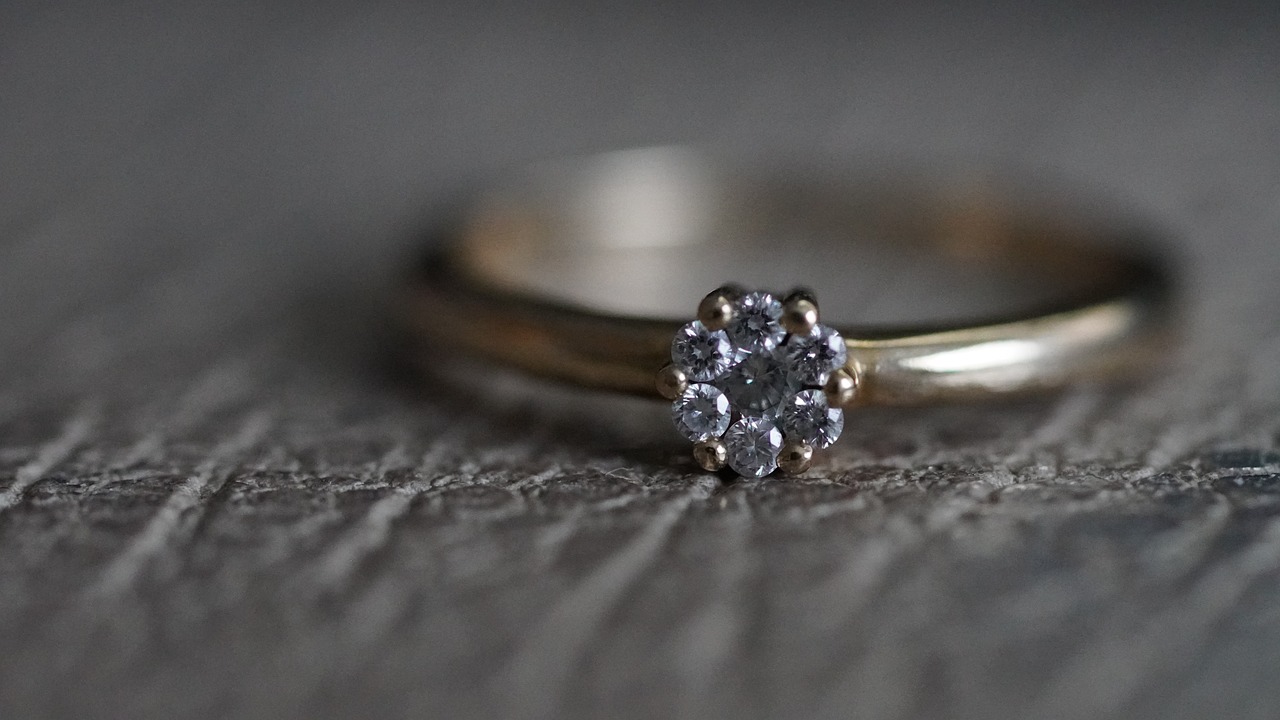
Joining and Finishing
Joining and finishing are two critical steps in the art of bentwood ring making that can truly elevate your creations from ordinary to extraordinary. Once you've shaped your wood into the desired form, the next challenge is to securely join the bent pieces together. This process is vital for ensuring that your ring not only looks stunning but also stands the test of time. The most common method for joining bentwood rings is through the use of a strong adhesive, such as epoxy or cyanoacrylate glue. These adhesives provide a durable bond that can withstand the stress of daily wear.
When applying the adhesive, it’s essential to ensure that the surfaces are clean and free of dust or oils. A small amount of sandpaper can help prepare the edges for a better grip. Once the adhesive is applied, you should clamp the pieces together for at least a few hours to allow the bond to set properly. Remember, patience is key here; rushing this step can lead to weak joints that may break over time.
After the pieces are joined, the finishing process begins. This stage is where you can really let your creativity shine. Finishing not only enhances the aesthetic appeal of your ring but also adds a layer of protection against wear and tear. There are several finishing products you can choose from, including oils, stains, and sealants. Each of these products has its unique properties and can affect the final look of your ring.
| Finishing Product | Benefits | Application Method |
|---|---|---|
| Natural Oils | Enhances grain, adds moisture | Apply with a cloth, buff to shine |
| Wood Stains | Adds color, highlights features | Brush on, wipe off excess |
| Sealants | Protects from moisture and scratches | Spray or brush on, let dry |
Choosing the right finishing product depends on the look you want to achieve and the type of wood you are using. For example, if you want to highlight the natural beauty of the wood grain, a natural oil might be your best bet. On the other hand, if you’re looking for a pop of color, a wood stain can do wonders. Once you’ve applied your finish, allow it to cure completely before wearing your ring. This ensures that the finish adheres properly and provides the best protection possible.
In summary, the joining and finishing stages of bentwood ring making are where your hard work truly pays off. By paying attention to detail and using quality materials, you can create a ring that not only looks beautiful but is also built to last. So, take your time, experiment with different finishes, and enjoy the process!
- What type of wood is best for bentwood rings? Hardwoods like maple, cherry, and walnut are often preferred for their durability and aesthetic appeal.
- Can I use any glue for joining the wood? While you can use various types of glue, epoxy and cyanoacrylate are the most recommended for their strong bonding properties.
- How long should I let the adhesive cure? It's best to let the adhesive cure for at least 24 hours to ensure a strong bond.
- What finish should I use for a waterproof ring? A sealant is recommended for waterproofing, as it provides a protective barrier against moisture.
- Are bentwood rings suitable for everyday wear? Yes, when crafted properly and finished well, bentwood rings can be durable enough for everyday use.
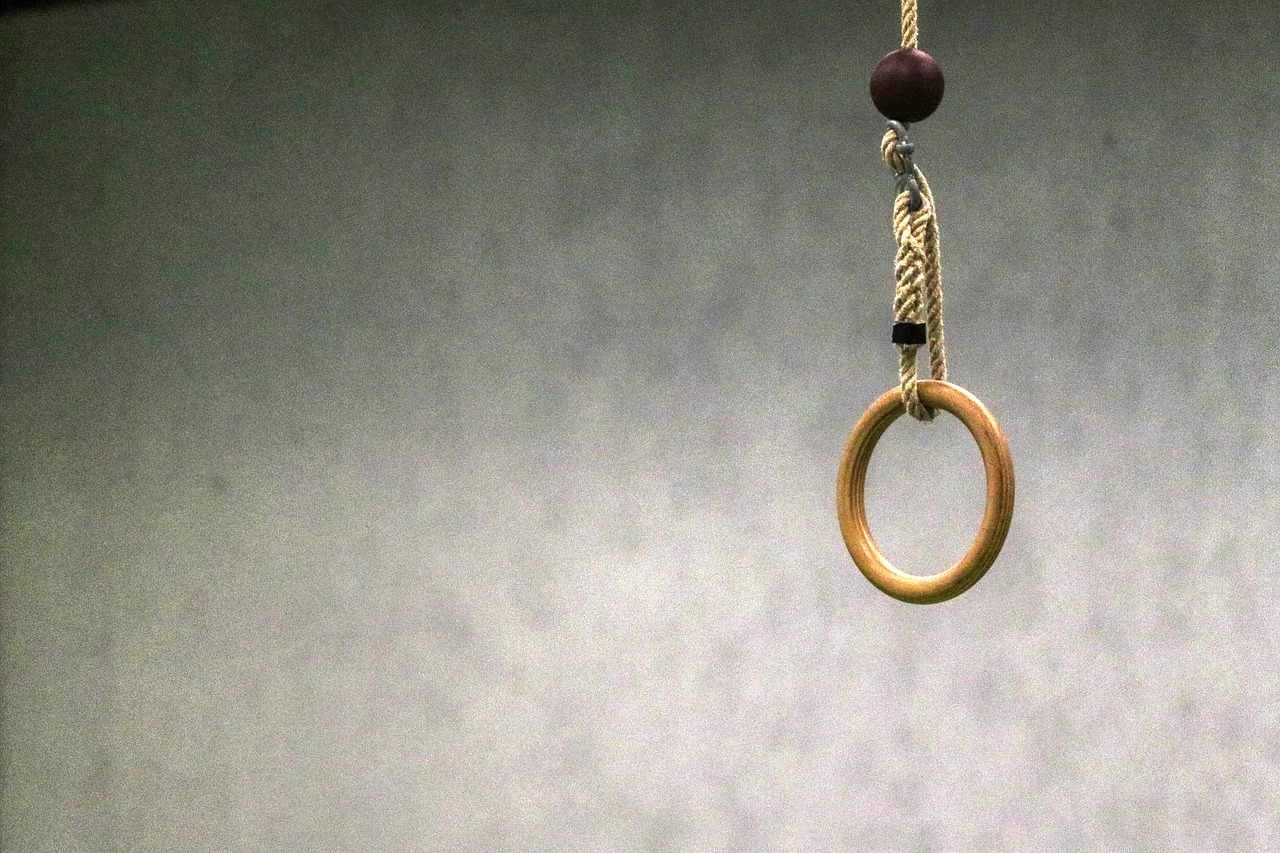
Tips for Beginners
Starting your journey in the world of bentwood ring making can be both exciting and daunting. As a beginner, it's easy to feel overwhelmed by the array of tools, techniques, and materials available. However, with the right mindset and a few practical tips, you can navigate this craft with confidence. First and foremost, patience is key. Like any art form, bentwood ring making requires time and practice to master. Don't rush the process; instead, take the time to understand each step, from selecting the wood to the final finishing touches.
One common mistake beginners make is underestimating the importance of wood selection. The type of wood you choose can significantly impact the final product. For instance, softer woods may be easier to bend but can lack the durability of hardwoods. Therefore, it's crucial to experiment with different types of wood to find what works best for you. As you explore, consider keeping a journal of your experiences. Documenting your successes and failures will help you identify patterns and improve your skills over time.
Another vital tip is to focus on precision in your measurements and cuts. A well-fitting ring not only looks better but also enhances the overall durability of the piece. Invest in a reliable set of calipers and a good saw to ensure clean, accurate cuts. Remember, even small discrepancies can lead to a ring that doesn’t fit properly or looks uneven. If you're unsure about your cutting technique, practice on scrap pieces of wood before working on your actual project.
Moreover, don't shy away from seeking help and resources. There are numerous online communities, forums, and local workshops dedicated to bentwood ring making. Engaging with fellow crafters can provide you with invaluable tips and insights. You might even discover a mentor who can guide you through the learning process. Additionally, consider exploring video tutorials that can visually demonstrate techniques you might find challenging.
Lastly, as you dive deeper into this craft, remember to enjoy the process. Bentwood ring making is not just about creating beautiful jewelry; it’s also about expressing your creativity and finding joy in the act of making. Celebrate your progress, no matter how small, and embrace the unique journey that comes with crafting your own rings.
As you embark on your bentwood ring-making adventure, you may have some questions. Here are a few frequently asked questions to help you along the way:
- What type of wood is best for beginners? Hardwoods like maple and walnut are great choices for their durability and workability.
- How long does it take to make a bentwood ring? The time can vary, but expect to spend several hours on your first ring, including bending and finishing.
- Can I make bentwood rings without special tools? While basic tools can work, investing in a few essential tools will make the process easier and more enjoyable.
- Is bentwood ring making safe for children? With proper supervision and safety measures, older children can participate in simple aspects of the craft.

Common Mistakes
When diving into the world of bentwood ring making, it's easy to get caught up in the excitement and overlook some essential details. One of the most prevalent mistakes beginners make is underestimating the importance of wood selection. Choosing the wrong type of wood can lead to rings that warp or break easily. For instance, while softer woods may seem easier to work with, they often lack the durability and resilience needed for a long-lasting ring. It's crucial to choose hardwoods like oak or maple, which provide strength and a beautiful finish.
Another common pitfall is not properly preparing the wood. Many newcomers skip the step of soaking the wood before bending it, thinking it will save time. However, this can lead to cracks and uneven bends. Soaking the wood in warm water for a few hours softens the fibers, allowing for a smoother and more controlled bending process. Remember, patience is key in crafting; rushing through any step can compromise the final product.
Additionally, neglecting to measure accurately can result in rings that are either too tight or too loose. Always use precise measurements and consider the thickness of the wood when cutting your initial strips. A good rule of thumb is to measure your finger size and add a little extra for comfort, especially since the wood will compress slightly when bent. Keeping a set of calipers handy can greatly improve your accuracy.
Finally, many beginners overlook the importance of finishing techniques. Skipping this step can leave your ring looking unfinished and can also lead to wear and tear over time. Applying a good finish not only enhances the appearance but also protects the wood from moisture and scratches. Consider using natural oils or specialized wood finishes that are designed to penetrate and seal the wood effectively.
In summary, avoiding these common mistakes can significantly enhance your bentwood ring-making experience. By taking the time to choose the right materials, preparing your wood properly, measuring accurately, and finishing your rings well, you'll be well on your way to creating stunning pieces that you can be proud of. Remember, practice makes perfect, and learning from your mistakes is part of the journey!
- What type of wood is best for bentwood rings? Hardwoods like maple, oak, and cherry are ideal due to their strength and aesthetic appeal.
- How do I prevent my rings from cracking? Always soak your wood before bending and ensure you are using the right thickness for your ring size.
- Can I use softwoods for bentwood rings? While it's possible, softwoods are generally less durable and may not hold their shape as well as hardwoods.
- What finishing products do you recommend? Natural oils like tung oil or specialized wood finishes can provide a beautiful and protective layer.

Resources for Learning
If you're diving into the enchanting world of bentwood ring making, you're probably wondering where to start. Luckily, there are a plethora of resources available that can guide you through the intricate process of crafting your own stunning rings. Whether you prefer to learn through books, online tutorials, or hands-on workshops, there's something for everyone. Let's explore some of the best options available to help you master this unique craft.
One of the most effective ways to get started is by picking up a few books specifically focused on bentwood ring making. These texts often provide step-by-step instructions, illustrations, and tips from seasoned artisans. A couple of notable titles include:
- The Bentwood Ring Book by John M. Heller – This comprehensive guide covers everything from the history of bentwood rings to advanced techniques.
- Wooden Rings: A Complete Guide by David W. Hutton – Perfect for beginners, this book includes easy-to-follow projects and essential safety tips.
In addition to books, the internet is brimming with online tutorials and video resources. Websites like YouTube have numerous channels dedicated to woodworking and ring making. These visual aids can be incredibly helpful, as you can see the techniques in action. Some recommended channels include:
- Woodworking with The Wood Whisperer – Offers a variety of woodworking techniques, including bentwood rings.
- DIY Woodworking – Focuses on beginner-friendly projects, perfect for getting your feet wet.
If you're someone who learns best through hands-on experience, consider enrolling in a workshop or class. Many local craft stores and community colleges offer courses in woodworking and ring making. This not only provides you with expert guidance but also allows you to connect with fellow enthusiasts. Plus, there's nothing quite like the thrill of creating your first ring under the watchful eye of a skilled instructor!
Finally, don't underestimate the power of online forums and communities. Websites like Reddit and specialized woodworking forums are fantastic places to ask questions, share your work, and learn from others. Engaging with a community can provide motivation and inspiration, helping you to stay committed to your crafting journey.
So, whether you prefer the tactile experience of flipping through a book, the visual stimulation of videos, or the interactive nature of workshops, there are abundant resources at your fingertips. The journey of learning to make bentwood rings is not just about crafting jewelry; it's about embracing a rich tradition and expressing your creativity. So gather your materials, pick your preferred learning method, and let the magic of bentwood ring making unfold!
Q: What is the best type of wood for bentwood rings?
A: Hardwoods like maple, cherry, and walnut are excellent choices due to their strength and flexibility.
Q: Can beginners successfully make bentwood rings?
A: Absolutely! With the right resources and a bit of practice, anyone can learn to make beautiful bentwood rings.
Q: How long does it take to make a bentwood ring?
A: The time can vary, but typically, it takes several hours from start to finish, depending on your experience level and the complexity of the design.
Q: Are bentwood rings durable?
A: Yes, when made correctly and finished with appropriate sealants, bentwood rings are quite durable and can last for years.
Frequently Asked Questions
- What are bentwood rings made of?
Bentwood rings are primarily made from various types of wood, with options ranging from hardwoods like maple and oak to softwoods like pine. The choice of wood affects the ring's durability, appearance, and overall character. Each type of wood brings its own unique grain and color, making every ring a one-of-a-kind piece.
- How do I choose the right wood for my bentwood ring?
When selecting wood for your bentwood ring, consider factors such as hardness, grain pattern, and color. Hardwoods are generally more durable and provide a finer finish, while softwoods are easier to shape but may not be as long-lasting. It's also a good idea to test different woods to see which one resonates with your personal style and preferences.
- What tools do I need to make bentwood rings?
To create bentwood rings, you'll need a few essential tools, including a band saw, a sander, clamps, and a heat source for bending the wood. Additionally, having a good selection of finishing tools like oils and sealants will help you achieve a polished look. Investing in quality tools can make a significant difference in the crafting process.
- Can beginners make bentwood rings?
Absolutely! While bentwood ring making can be intricate, beginners can successfully create beautiful rings with practice and patience. Start with simple designs and gradually experiment with more complex techniques as your skills improve. Don't be afraid to make mistakes; they are part of the learning process!
- What are some common mistakes to avoid when making bentwood rings?
Common mistakes include using the wrong type of wood, not allowing enough time for the wood to bend properly, and rushing through the finishing process. To avoid these pitfalls, take your time, follow the instructions carefully, and always test your methods on scrap pieces before working on your final project.
- Where can I find resources to learn more about bentwood ring making?
There are plenty of resources available for those looking to dive deeper into bentwood ring making. You can find books, online tutorials, and even local workshops that offer hands-on experience. Websites like YouTube and crafting forums are also great places to connect with other enthusiasts and learn new techniques.



















